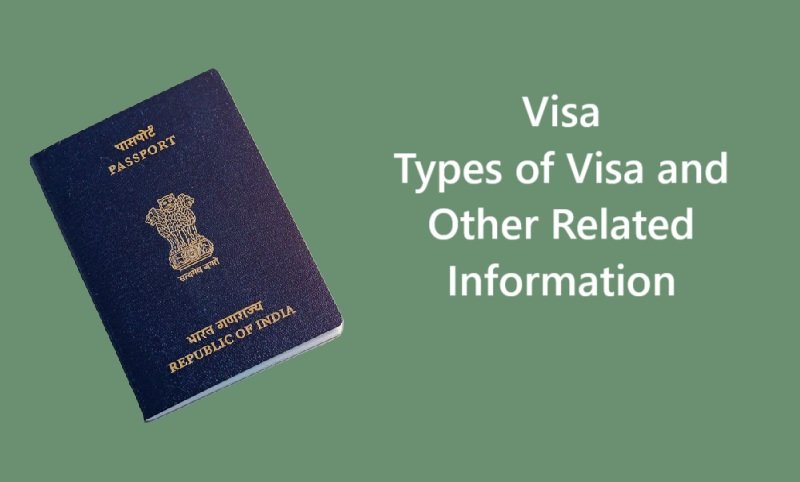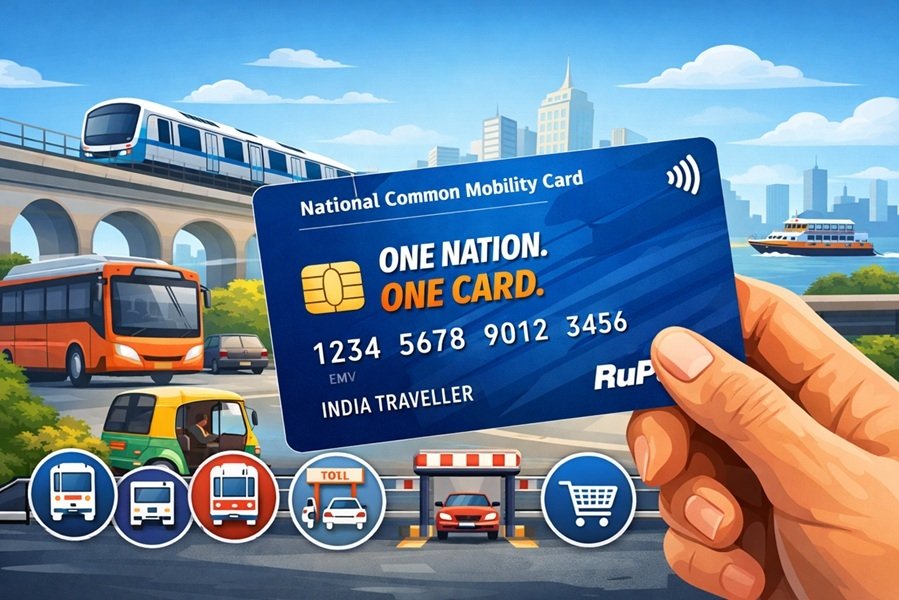
A visa is an official document or endorsement issued by a country’s government that allows a foreign individual to enter, stay, or leave the country for a specified period. It is typically stamped or attached to a passport and acts as permission granted by the host country for various purposes such as tourism, work, study, or business.
Understanding visas, their types, and related processes can simplify travel and ensure compliance with international laws. This article will explore the types of visas, their purposes, and essential information to guide you through visa-related processes.
What Is a Visa?
A visa is an authorization that grants entry to a foreign country. It specifies the duration of stay, activities allowed, and other conditions. The issuing country retains the right to deny entry or impose restrictions even with a valid visa.
Some countries require visas for all foreign nationals, while others have agreements allowing visa-free travel for short periods.
Types of Visa
Visas are broadly categorized based on the purpose of travel. Below are the most common types:
1. Tourist Visa
A tourist visa allows individuals to visit a country for leisure, sightseeing, or recreational activities. These visas often have restrictions such as prohibiting work or long-term stays.
- Duration: Typically short-term (e.g., 30-90 days).
- Examples: Schengen Tourist Visa (Europe), US B2 Visa.
2. Business Visa
This visa is issued to individuals traveling for business purposes, such as attending meetings, conferences, or negotiations.
- Duration: Short-term, depending on the specific purpose.
- Examples: US B1 Visa, UK Business Visitor Visa.
3. Work Visa
A work visa allows individuals to work legally in a foreign country. It is often tied to a job offer and employer sponsorship.
- Types: Temporary Work Visa, Skilled Worker Visa, Seasonal Worker Visa.
- Examples: H1-B Visa (USA), Tier 2 Visa (UK).
4. Student Visa
Student visas are granted to those pursuing educational programs abroad. They may include restrictions on work hours and require proof of enrollment.
- Examples: F1 Visa (USA), Student Visa Subclass 500 (Australia).
5. Transit Visa
Transit visas are issued to travelers passing through a country en route to another destination.
- Duration: Very short-term (e.g., 24-96 hours).
- Examples: Schengen Transit Visa.
6. Immigration Visa
This visa is for individuals intending to move permanently to another country. It often requires sponsorship by a family member, employer, or government.
- Examples: Green Card (USA), Permanent Resident Visa (Canada).
7. Diplomatic Visa
Diplomatic visas are issued to government officials and diplomats traveling on official duties. These visas typically include privileges like immunity from certain laws.
8. Medical Visa
Medical visas are issued for individuals seeking medical treatment in a foreign country. Applicants must provide proof of appointment and medical necessity.
- Examples: Indian Medical Visa, US B2 Visa (for medical purposes).
9. Electronic Visa (e-Visa)
An e-Visa is an electronic authorization that can be obtained online. It is convenient and often used for short-term visits.
- Examples: Indian e-Visa, Australia eVisitor Visa.
Key Visa Requirements
Although specific requirements vary by country, common visa application requirements include:
- Valid Passport: Must have validity extending beyond the intended stay.
- Visa Application Form: Properly filled and signed.
- Photographs: As per specified size and format.
- Proof of Purpose: Documents like travel itinerary, admission letter, or job offer.
- Financial Proof: Evidence of sufficient funds to cover expenses.
- Travel Insurance: Often mandatory for certain visa types.
- Criminal Record Check: Certificate of good conduct may be required.
- Fee Payment: Visa application fees vary depending on type and country.
Steps to Apply for a Visa
- Determine the Visa Type: Identify the correct visa based on your purpose of travel.
- Check Eligibility: Review the specific requirements of the host country.
- Collect Documents: Prepare all required documents and forms.
- Submit Application: Apply online or at the respective embassy or consulate.
- Attend Interview: Some visas require a face-to-face interview.
- Wait for Processing: Visa processing times vary by type and country.
- Receive Visa: If approved, your visa will be stamped in your passport or sent electronically.
Common Visa Terms
- Single Entry vs. Multiple Entry: A single-entry visa allows one entry, while a multiple-entry visa permits repeated visits within the validity period.
- Visa on Arrival (VoA): Available for travelers who can obtain a visa upon arrival at the destination.
- Visa-Free Travel: Some countries allow entry without a visa for short stays.
- Overstaying a Visa: Staying beyond the permitted duration can result in fines, deportation, or bans.
Tips for a Smooth Visa Application Process
- Start the application process early.
- Ensure all documents are accurate and complete.
- Be honest in your application.
- Follow the guidelines provided by the host country’s embassy or consulate.
- Keep copies of all submitted documents.
Conclusion
Visas are an essential part of international travel, and understanding their types and requirements is crucial for a hassle-free experience. Whether you are traveling for leisure, education, work, or medical reasons, careful planning and adherence to guidelines will ensure a successful visa application process.
By staying informed and prepared, you can make your international journey smooth and enjoyable.





